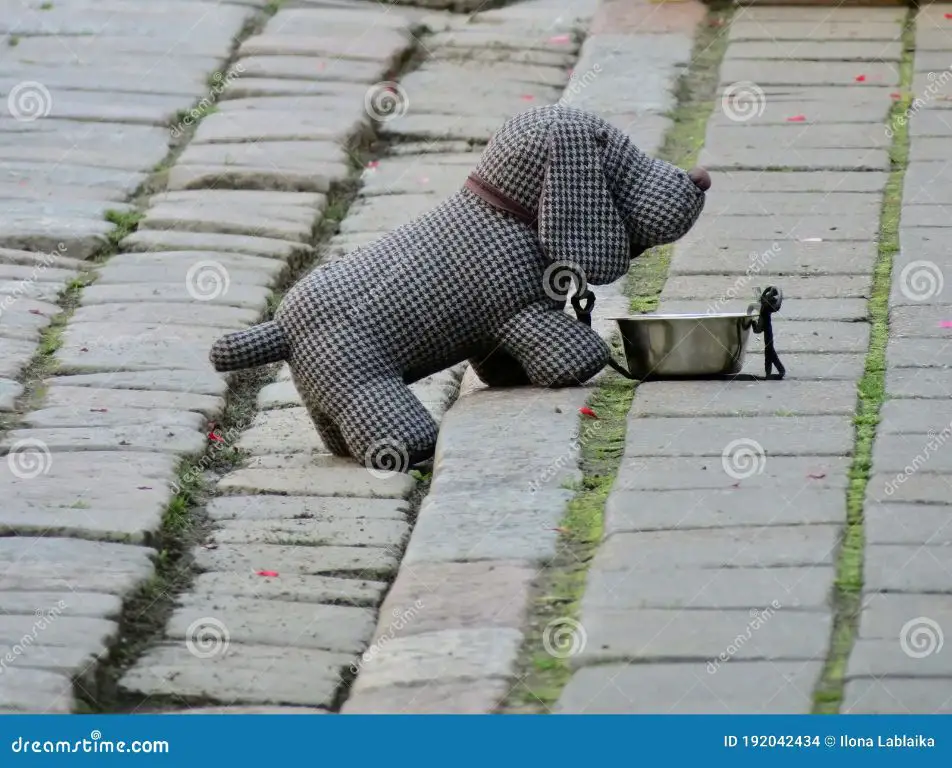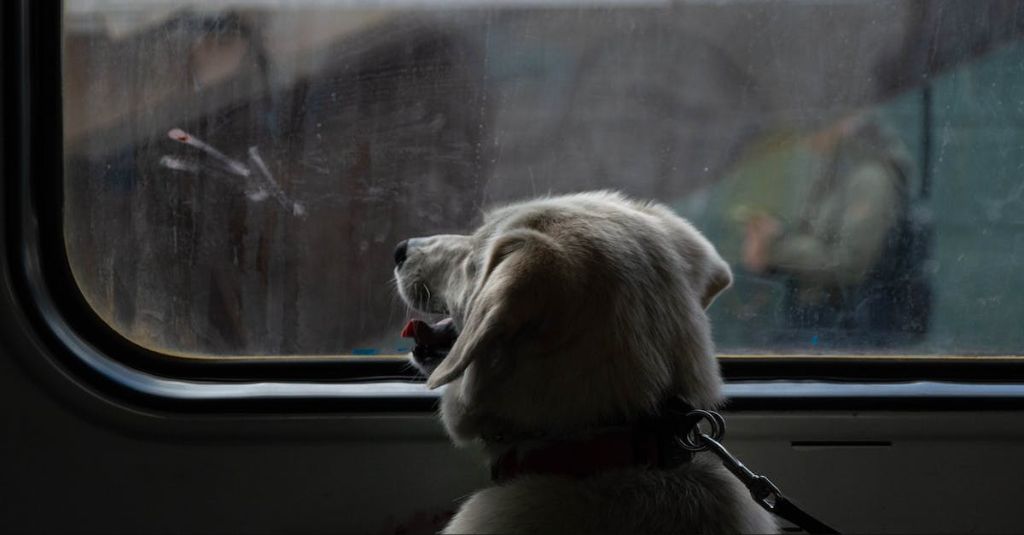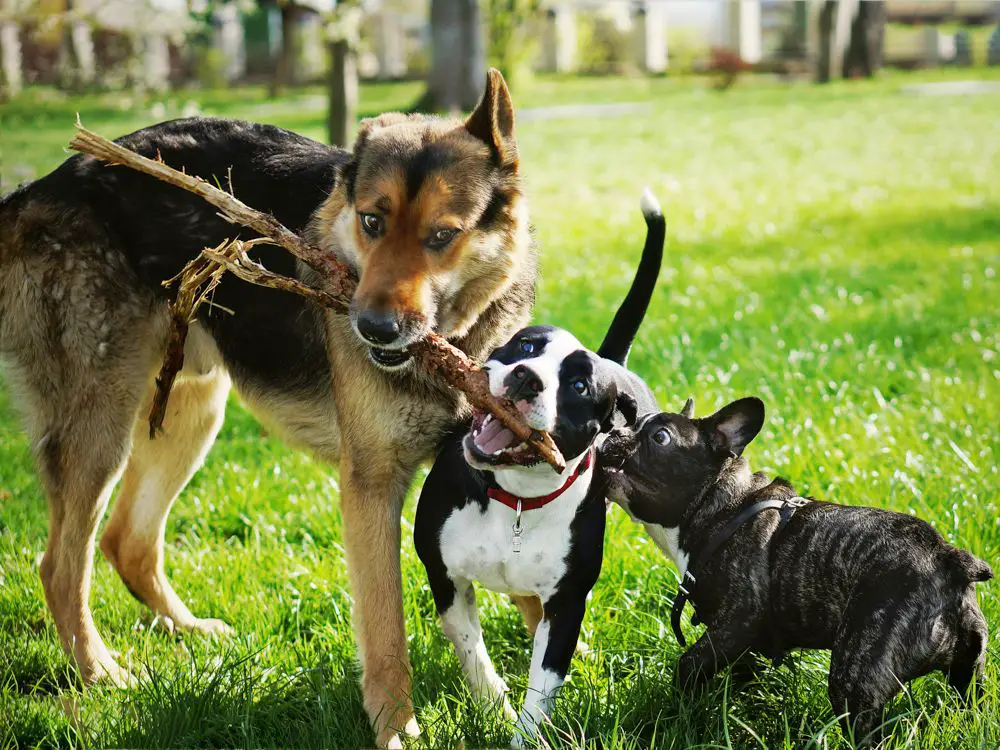Introduction
Dogs have a long history in Italy and are a beloved part of Italian culture. Italians have a reputation for loving dogs and you’ll often see people walking their dogs around town. However, there are some important dog etiquette rules to know if you plan to travel to Italy with your dog or get a dog while living there.
Overall, Italy has somewhat formal cultural norms regarding dogs compared to some other countries. There are rules about having dogs in public places, using leashes, cleaning up after them, and more. Italians expect dogs to be obedient and well-behaved when out in public. Barking dogs are generally frowned upon. It’s important to respect local customs and be a responsible dog owner.
Laws and Regulations
Italy has national laws regulating dog ownership and local ordinances that can vary by city or region. Some key laws dog owners should be aware of include:

Licensing and Identification
In Italy, it is required by law that all dogs must be microchipped and registered in the regional canine registry by the time they are 2 months old. Owners must also license their dogs annually and ensure the contact information in the registry is kept up to date.
Leashing
Dogs must be kept on a leash no longer than 1.5 meters whenever in public places. Extendable leashes are prohibited. Dogs must also wear a collar or harness with ID tags containing owner contact information.
Breed Restrictions
Certain breeds perceived as aggressive, like Pit Bulls, Rottweilers, and some mastiff breeds are restricted. Owners of these breeds must take special precautions, such as muzzling their dog in public and obtaining liability insurance. The requirements vary by municipality.
Public Places
In Italy, dogs are generally allowed in most public outdoor spaces like parks, beaches, hiking trails, and sidewalks. However, rules can vary by municipality, so it’s best to check local regulations. Dogs must be kept on a leash in public, though some designated areas may allow off-leash play.
Dogs are welcomed at many restaurants and cafés, especially those with outdoor seating. It’s best to call ahead to confirm. Most stores do not allow dogs, with the exception of pet stores. Grocery stores and malls generally prohibit dogs.
Public transportation rules differ by city and mode. In Rome and Milan, small dogs in carriers may ride the metro, bus, and tram. Dogs are not allowed on high-speed trains. Taxis are generally pet-friendly. It’s advisable to contact the local transport company to check regulations before traveling with a dog.
Walking and Exercise
When walking dogs in public areas like parks in Italy, there are some etiquette rules to follow. While some parks allow dogs off-leash, it’s important to keep your dog under voice control and be respectful of others using the park. If your dog tends to run up to people or other dogs, keep them leashed unless in a designated off-leash area.
Be sure to always clean up after your dog when walking in public areas. Carry waste bags with you and promptly dispose of waste in trash receptacles. Leaving dog waste behind shows disrespect for the environment and community.
Additionally, during warm weather, bring water and a collapsible bowl with you to provide your dog fresh water during walks. Pay attention to signs of overheating or dehydration in your dog and allow them to rest frequently in shade. Providing water shows care for your dog’s health and comfort.

Dog-Friendly Travel
Italy can be a great destination to explore with your furry companion by your side. Here are some tips for traveling with dogs in Italy:
Many hotels, especially pet-friendly chains like Motel 6, allow dogs. Boutique hotels and AirBnBs are also good options. On trains, small dogs in carriers may ride free or for a reduced fare. Large dogs require a ticket. Taxis tend to accommodate dogs upon request.
Make sure to bring a pet passport and health certificate showing vaccinations. Dogs should be microchipped as well. No quarantine is required for entry from EU countries and a select few other nations. Speak to your vet about any additional requirements.
Scope out pet-friendly outdoor restaurants and attractions ahead of time. Museums, stores, public transportation and beaches may have limitations or exclusions for dogs. Plan activities they can comfortably partake in. The summer heat can be challenging for pets, so ensure they have cool water, shade and breaks.
Veterinary Care

Italy has high quality veterinary clinics available in most towns and cities. Larger urban areas often have 24-hour emergency vet services. The standard of care is comparable to other developed countries. Italian vets must complete a challenging 5-year university degree and be licensed to practice.
Vaccinations and medical treatments for dogs are mandatory in Italy. Within 15 days of obtaining a new puppy or rescue dog, the owner must take it for an initial vet visit. The vet examines the animal and administers required vaccinations, which must be kept up-to-date. Dogs are also required by law to wear collars with owner identification.
Pet insurance policies are available from Italian insurance companies. They help cover veterinary costs in case of illness or injury. However, routine and preventative care like vaccinations are usually not covered. Since vet visits are required by law, responsible owners obtain insurance to be prepared for unexpected veterinary bills.
Adoption and Breeding
In Italy, adopting dogs from shelters and rescue organizations is becoming more popular than buying dogs from breeders. Many people choose to adopt mixed-breed dogs rather than purebreds. There are many dog rescue organizations operating throughout Italy that focus on saving strays, abused dogs, and dogs from illegal breeders. Some of the top rescue organizations include ENPA, LNDC Animal Protection, and Lega Nazionale per la Difesa del Cane.
While adoption is gaining traction, buying dogs from reputable breeders is still common in Italy. Some popular Italian dog breeds include the Cane Corso, a large mastiff-type dog, and the Spinone Italiano, a versatile hunting dog. Responsible breeders will screen potential owners, have health tested breeding stock, and require spay/neuter contracts. Breeders should provide health records, microchipping, and initial vaccinations. Buyers should beware of “puppy mills” and always visit the breeder’s premises.
Overall, dog adoption is increasingly popular in Italy thanks to public education and the efforts of animal rescue organizations. But for those seeking specific purebred dogs, reputable Italian breeders can offer healthy, well-socialized puppies when screened thoroughly by buyers.
Training and Socialization

Like most places, Italians generally work to train and socialize their dogs from a young age. Puppy kindergarten and obedience classes are popular starting points to get young dogs used to being around other canines and to start mastering basic cues like “sit” and “stay”.
Positive reinforcement training is commonly used, rewarding dogs with treats and praise for desired behaviors. Punishment-based methods are frowned upon. Socializing puppies early and often is key to raising a well-adjusted, obedient dog.
Italians expect dogs to have basic manners when out in public. Most dogs are trained to walk close on a leash without pulling. Letting your dog approach strangers or jump up on them is considered rude. Off-leash play is generally reserved for designated dog parks or enclosed areas, not regular public parks.
If your dog struggles with any behavioral issues, obedience classes and private trainers are available to help get them back on track. The key is starting training early and reinforcing lessons consistently.
Cultural Considerations
Italians tend to view dogs more as family members than pets compared to other cultures. Dogs are often included in family activities, welcomed into shops and restaurants, and taken on public transportation. However, it’s important to be mindful of personal space when in crowded areas. Keep your dog close on a short leash and don’t allow them to invade others’ space or jump up on strangers. Not all Italians are dog lovers, so be respectful.
Certain breeds like pit bulls and Rottweilers have a bad reputation in Italy, even if they’re well-trained and non-aggressive. You may encounter negative attitudes or exclusions for bully breeds in public places or housing. It helps to use friendly equipment like flower collars and educate strangers that breed doesn’t determine behavior. With responsible ownership, any breed can be a model canine citizen.
As a visitor, strive to be an ambassador for dogs by exemplifying polite leash manners, prompt clean-up, and obeying all local laws. This will create a positive impression and pave the way for future dog-loving tourists.
Conclusion
Overall, responsible dog ownership in Italy requires adhering to leash laws in public areas, cleaning up after your dog, providing proper veterinary care, and ensuring your dog is well-socialized. While Italy is quite dog-friendly compared to some other countries, it’s important to be respectful of local cultural norms and train your dog accordingly. With preparation and education, dog owners can comfortably travel and live with their pets in Italy.
For those looking for more information on responsible dog ownership in Italy, the Kennel Club Italiano provides resources on adoption, breed standards, training clubs, and upcoming events. Consulting with a local veterinarian can also help foreigners understand the specific health regulations for dogs in Italy. Most importantly, being a courteous and respectful dog owner will go a long way towards keeping your pet safe and welcome across the country.